Population and Social Characteristics
States That Will Grow the Most by 2040

Published:

The world’s population is projected to grow by 17.3% from 2020 to 2040, according to the United Nations’ projection data. The United States population is projected to grow at a somewhat slower rate over the same time period — by 14%, according to the National Population Projections published by the Demographics Research Group at the University of Virginia Weldon Cooper Center for Public Services.
To determine which states will contribute to the national population growth and which will detract from it, 24/7 Wall St. reviewed the National Population Projections study. All states and the District of Columbia are ranked here by their projected population growth from 2020 to 2040 population.
We added information about the states to provide more context as to possible population growth trends. For one, past population growth, from 2000 to 2020, came from the Census Bureau’s decennial censuses. Gross domestic product in current U.S. dollars as well as five-year real GDP growth came from the U.S. Bureau of Economic Analysis (the comparable national value for GDP growth is 2.2%). Median home values for each state came from the Census Bureau’s 2022 American Community Survey (the national median home value is $320,000).
Nine states are actually projected to lose population, five of them in the Northeast, two in the Midwest, and two in the South, including West Virginia, which is projected to lose over 7% of its population by 2040. West Virginia is also the only state that lost population from 2000 to 2020. The state had the eighth lowest annual GDP growth rate from 2017 to 2022 and the second lowest median household income and the lowest home value in 2022 — perhaps explaining the projections. (Also see: States Growing The Most Because People are Moving There: All 50 States Ranked.)
At the other end, the populations of nine states and the District of Columbia are projected to grow by more than 25% by 2040. While Texas is the state with the largest projected population growth, at more than 35%, the District of Columbia’s population will soar by nearly 45% by 2040.







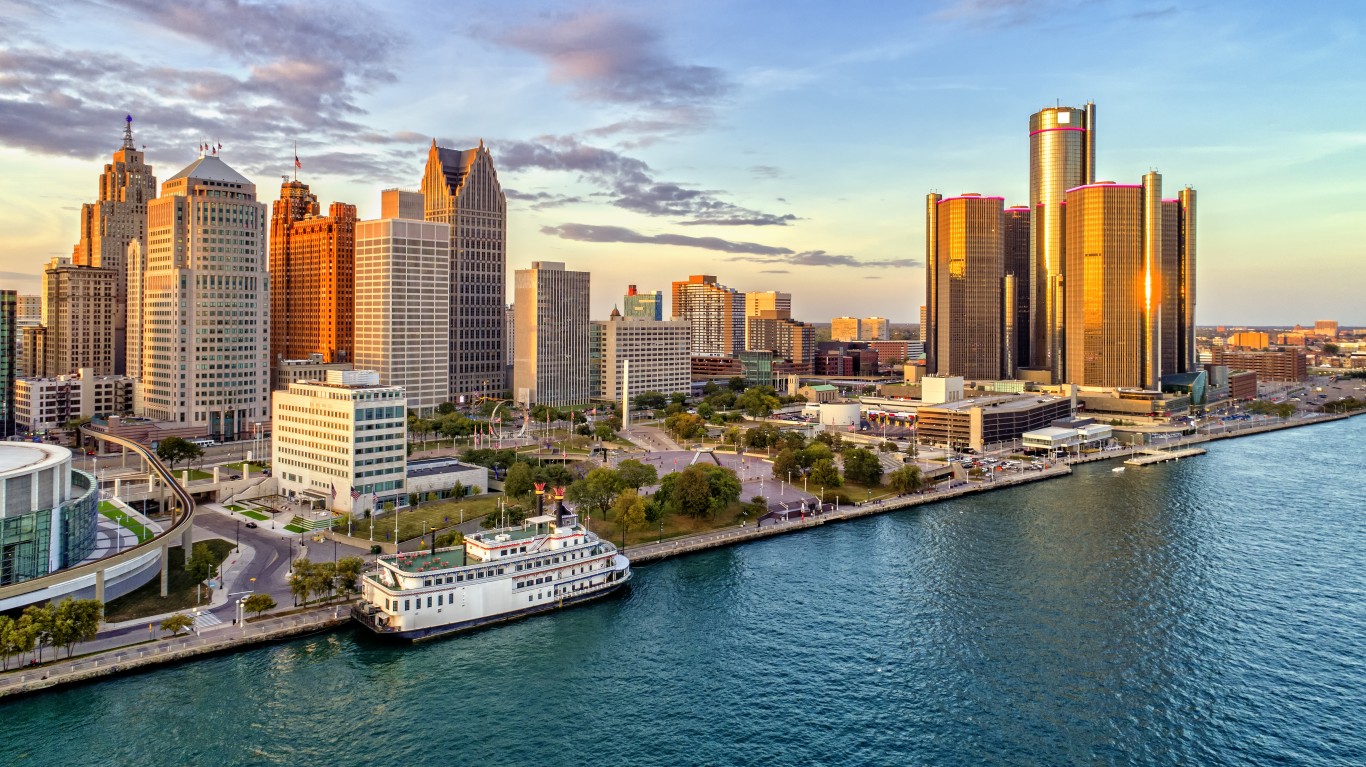


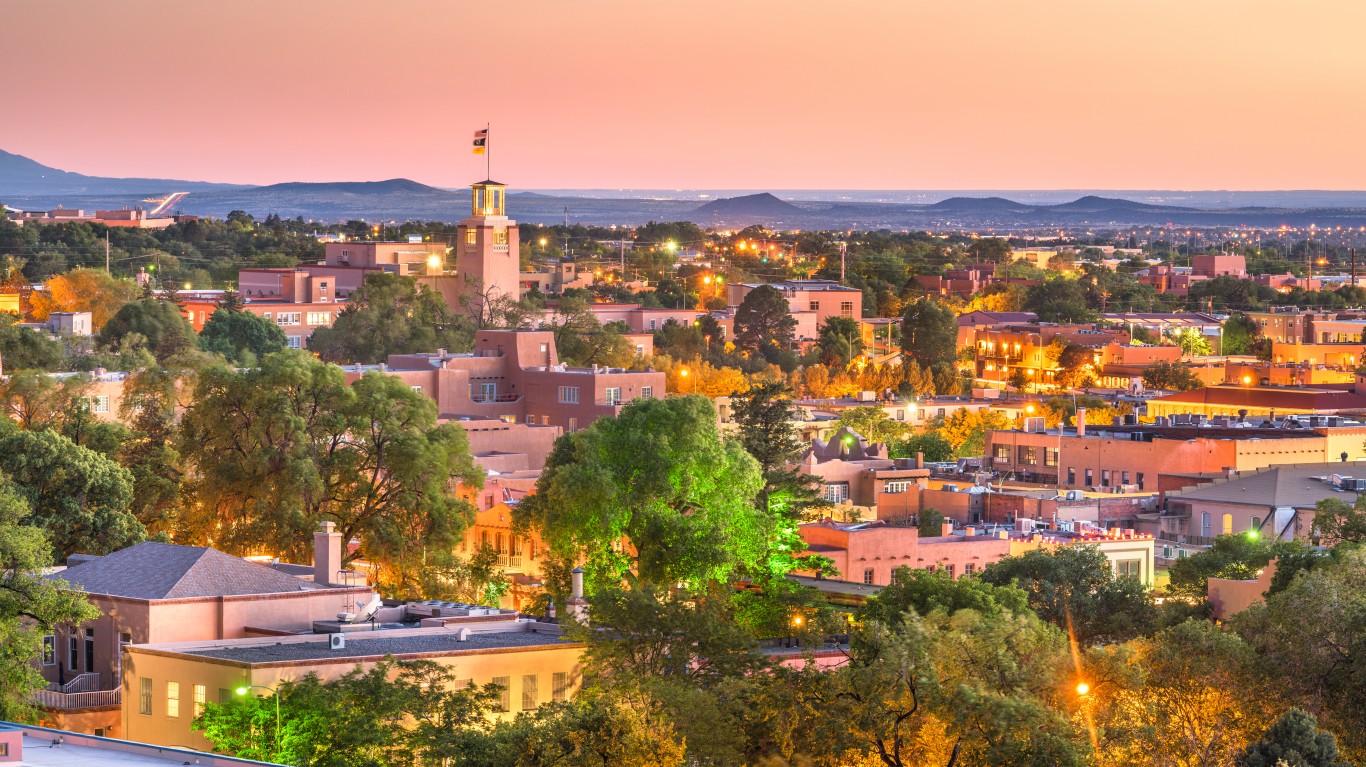

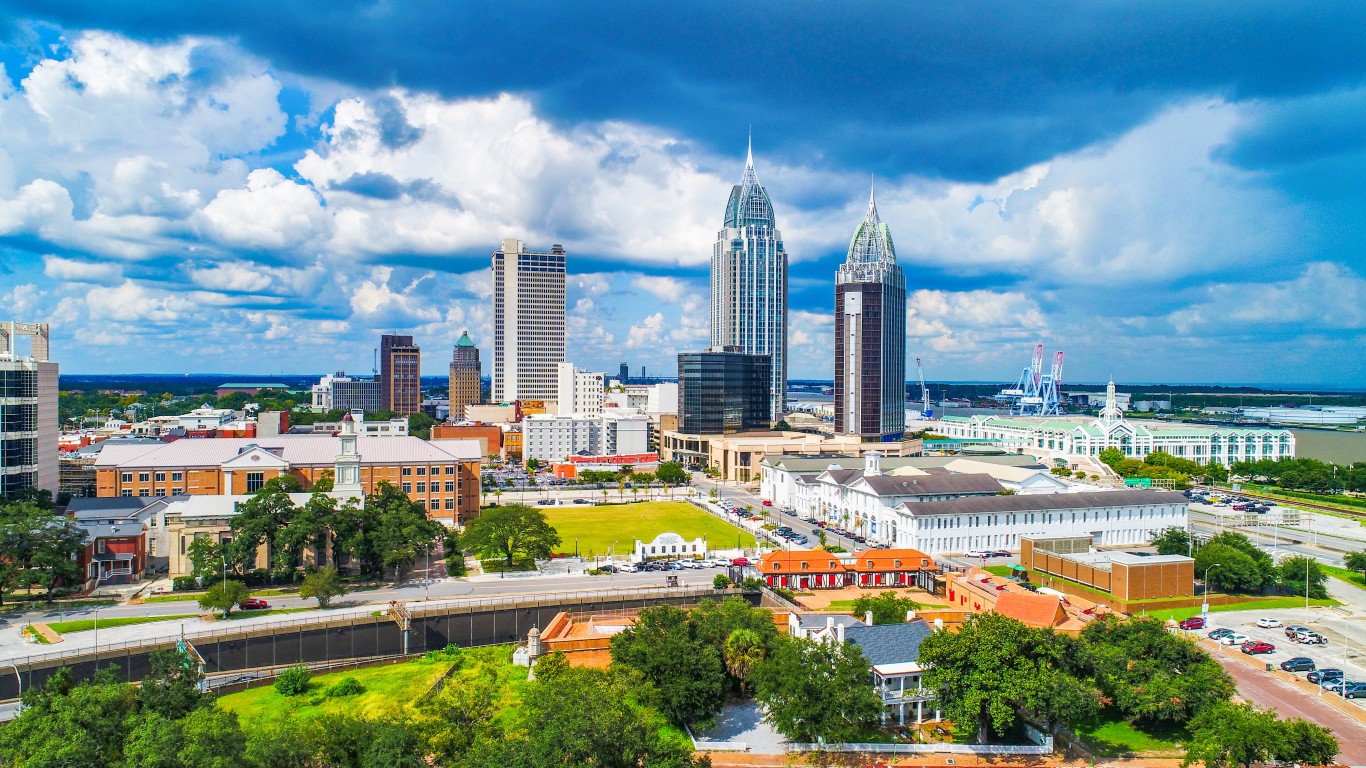





















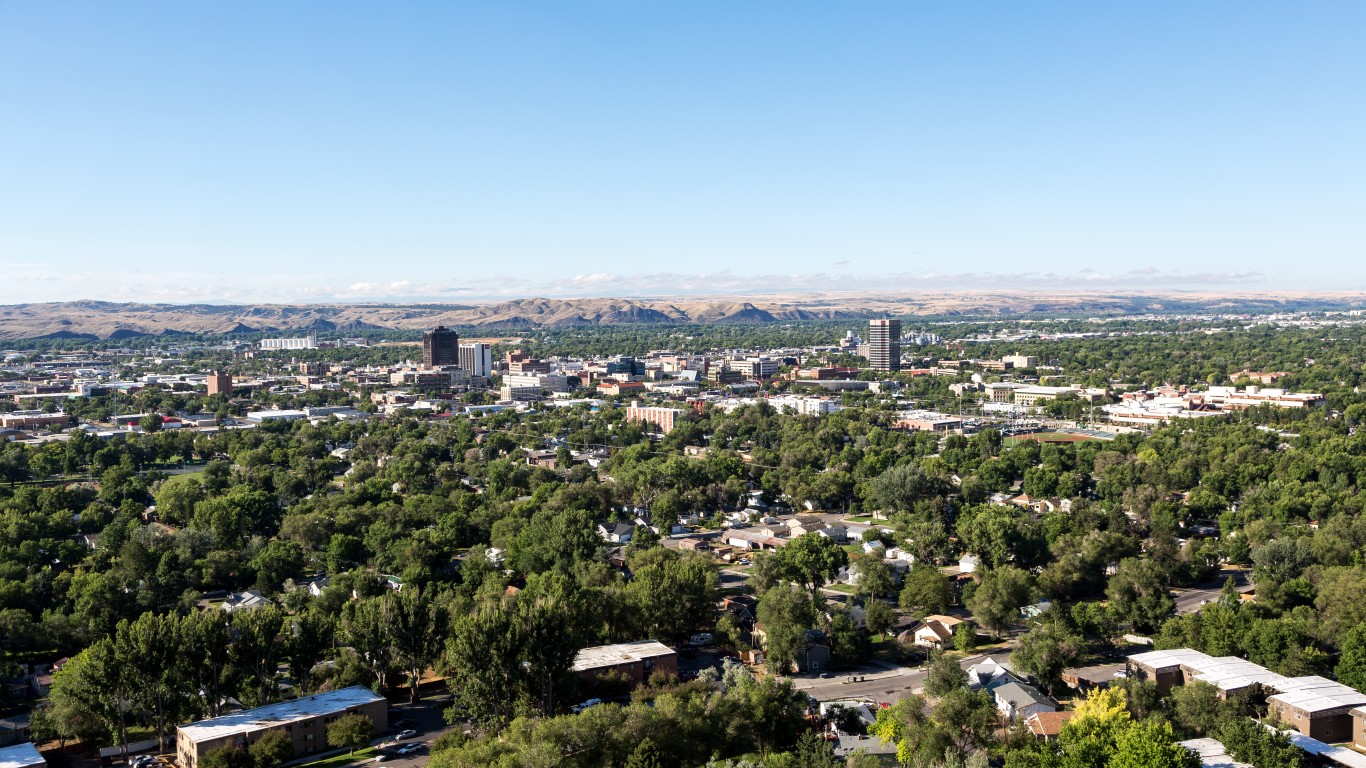





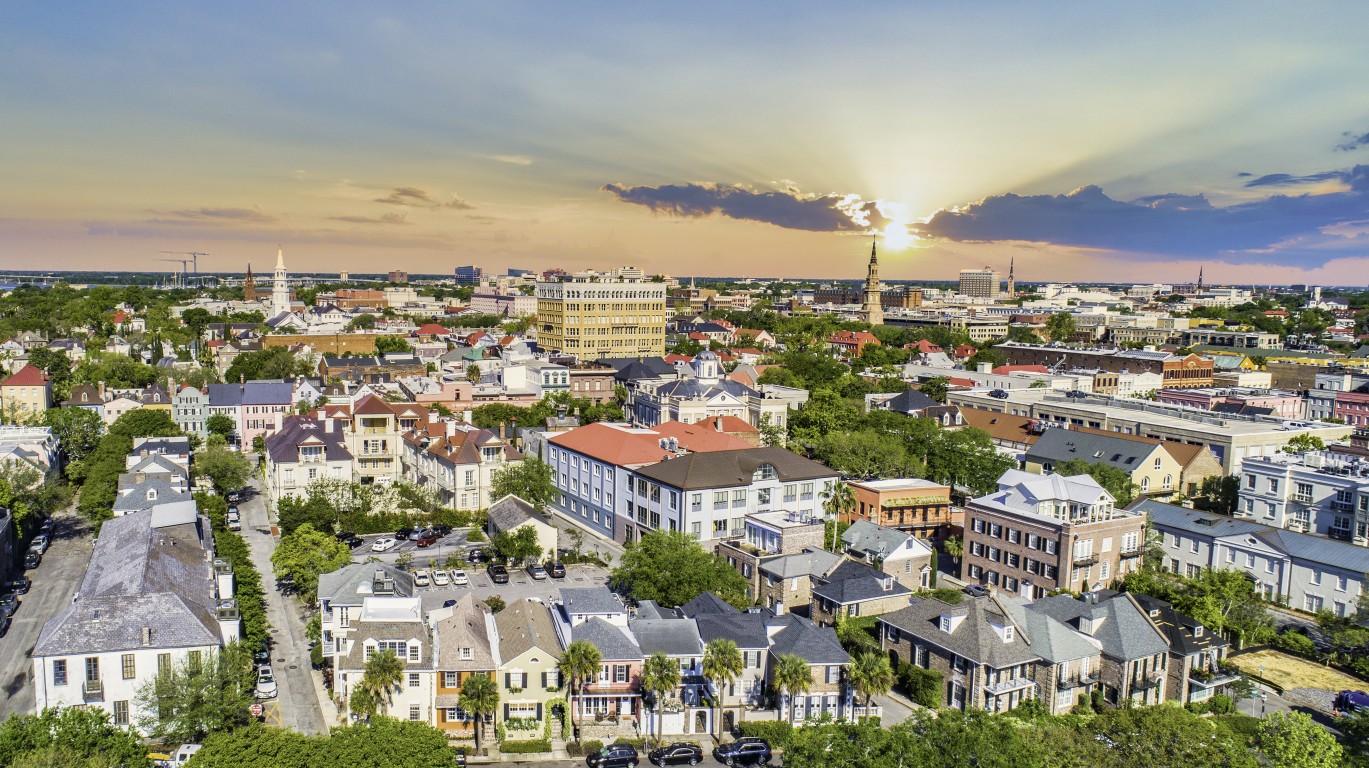










A financial advisor can help you understand the advantages and disadvantages of investment properties. Finding a qualified financial advisor doesn’t have to be hard. SmartAsset’s free tool matches you with up to three financial advisors who serve your area, and you can interview your advisor matches at no cost to decide which one is right for you. If you’re ready to find an advisor who can help you achieve your financial goals, get started now.
Investing in real estate can diversify your portfolio. But expanding your horizons may add additional costs. If you’re an investor looking to minimize expenses, consider checking out online brokerages. They often offer low investment fees, helping you maximize your profit.
Thank you for reading! Have some feedback for us?
Contact the 24/7 Wall St. editorial team.